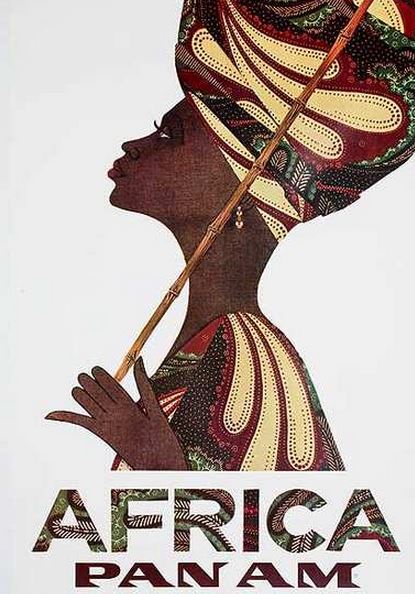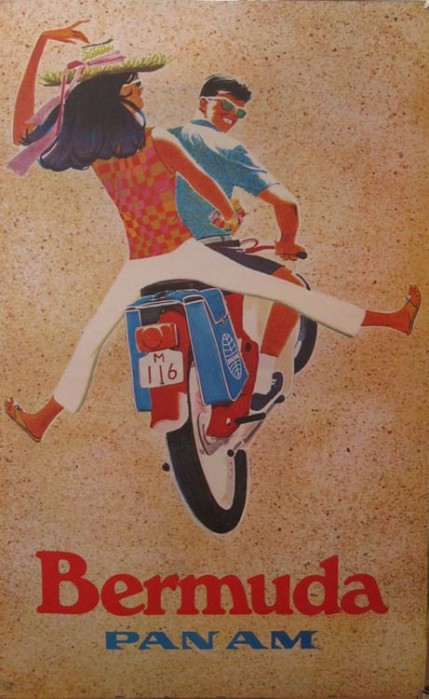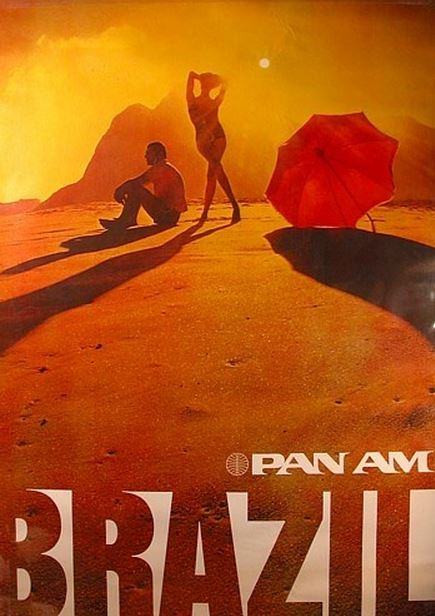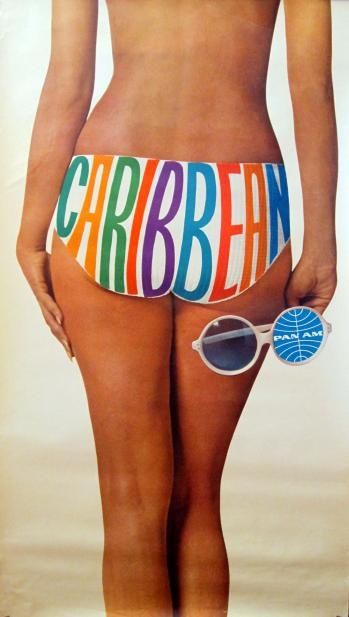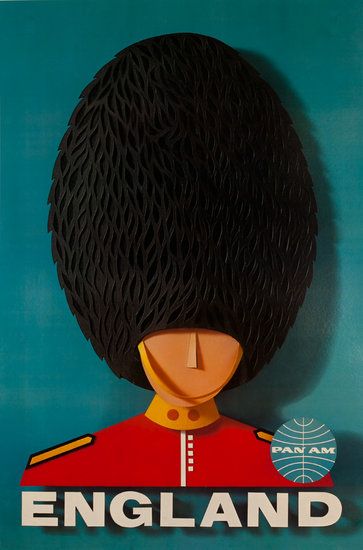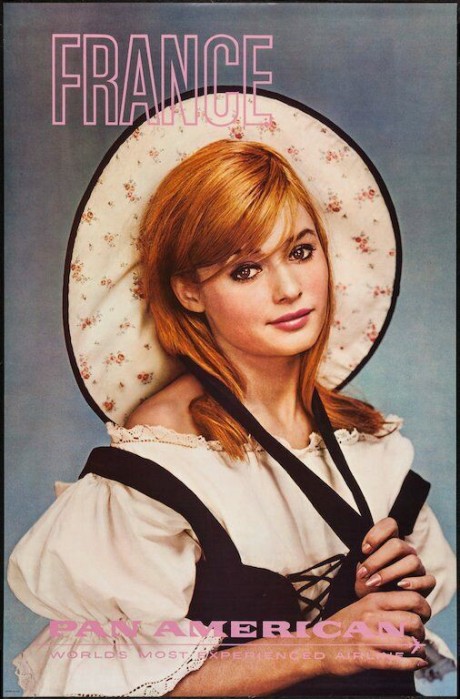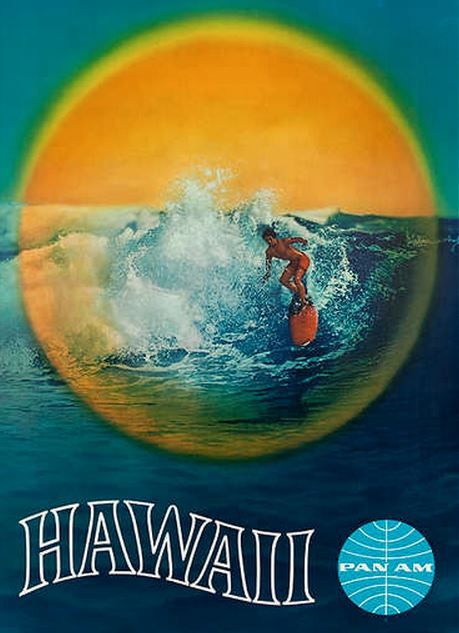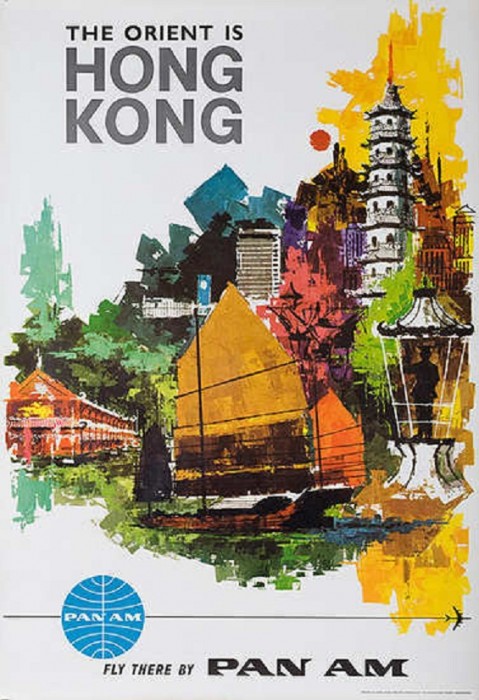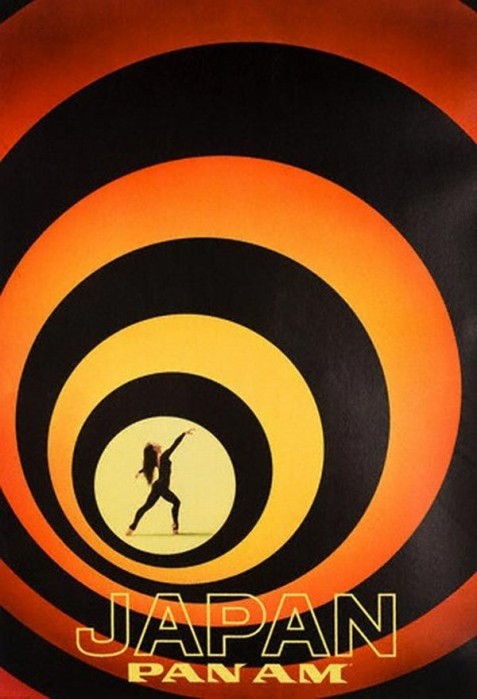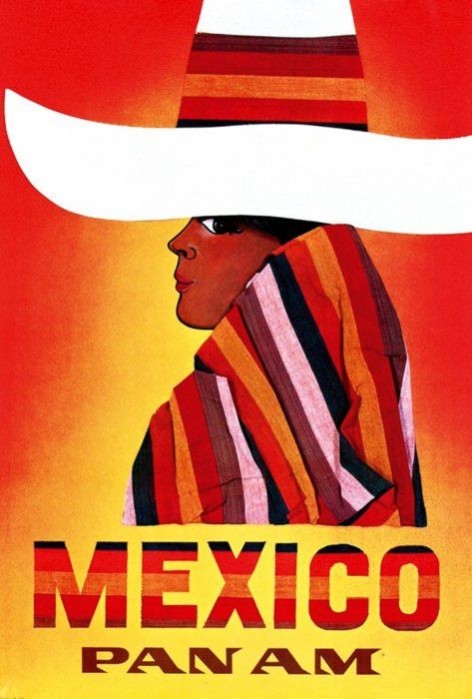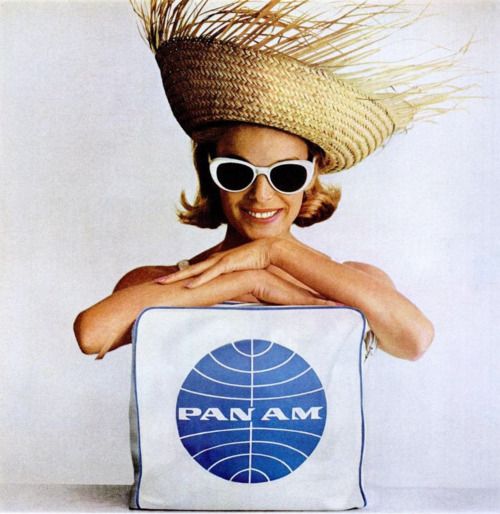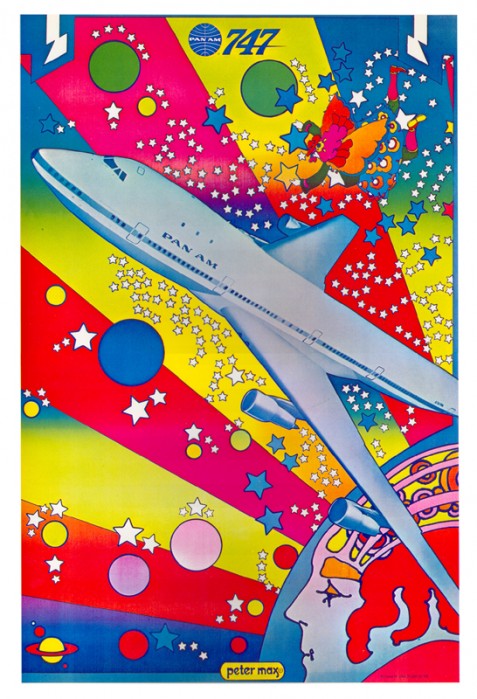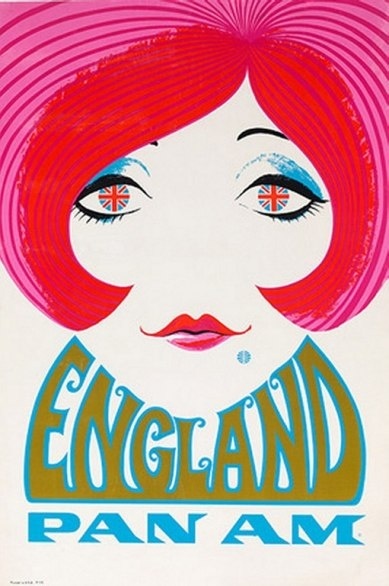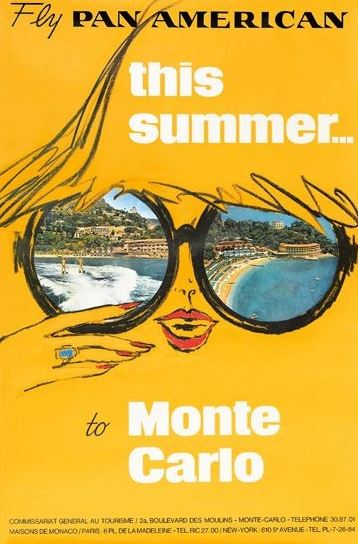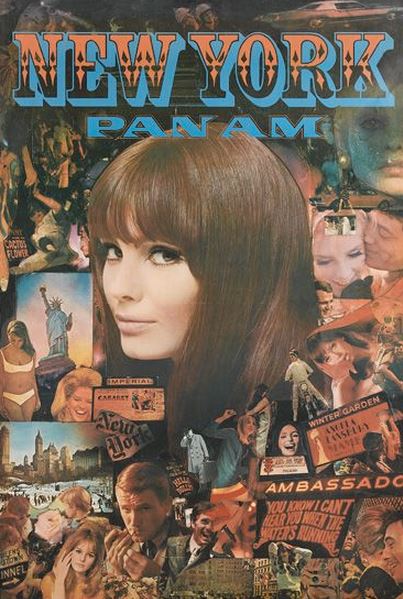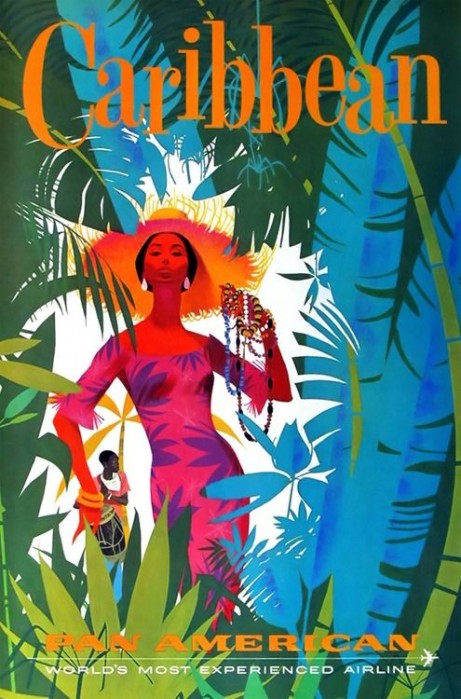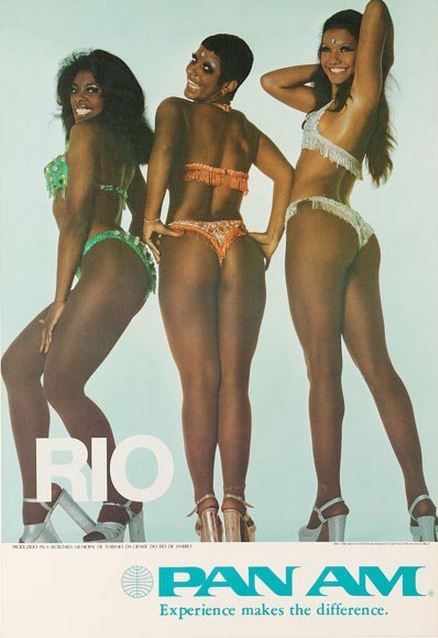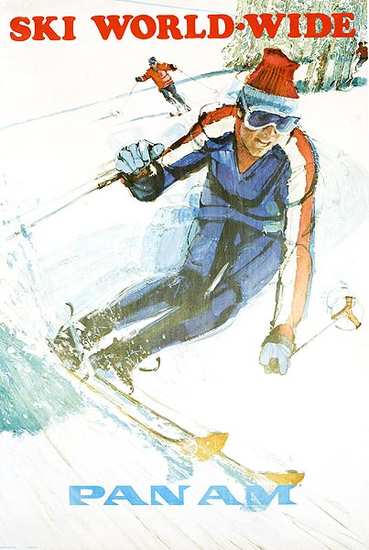Pan American World Airways, known from its founding until 1950 as Pan American Airways and commonly known as Pan Am, was the principal and largest international air carrier in the United States from 1927 until its collapse on December 4, 1991. Founded in 1927 as a scheduled air mail and passenger service operating between Key West, Florida, and Havana, Cuba, the airline became a major company credited with many innovations that shaped the international airline industry, including the widespread use of jet aircraft, jumbo jets, and computerized reservation systems.It was also a founding member of the International Air Transport Association (IATA), the global airline industry association.Identified by its blue globe logo (“The Blue Meatball”),the use of the word “Clipper” in aircraft names and call signs, and the white pilot uniform caps, the airline was a cultural icon of the 20th century. In an era dominated by flag carriers that were wholly or majority government-owned, it was also the unofficial overseas flag carrier of the United States. During most of the jet era, Pan Am’s flagship terminal was the Worldport located at John F. Kennedy International Airport in New York City.
It was also a founding member of the International Air Transport Association (IATA), the global airline industry association.Identified by its blue globe logo (“The Blue Meatball”),the use of the word “Clipper” in aircraft names and call signs, and the white pilot uniform caps, the airline was a cultural icon of the 20th century. In an era dominated by flag carriers that were wholly or majority government-owned, it was also the unofficial overseas flag carrier of the United States. During most of the jet era, Pan Am’s flagship terminal was the Worldport located at John F. Kennedy International Airport in New York City.
At its peak in the late 1960s and early 1970s, Pan Am advertised under the slogan, the “World’s Most Experienced Airline”.It carried 6.7 million passengers in 1966, and by 1968, its 150 jets flew to 86 countries on every continent except for Antarctica over a scheduled route network of 81,410 unduplicated miles (131,000 km). During that period the airline was profitable and its cash reserves totaled $1 billion. Most routes were between New York, Europe, and South America, and between Miami and the Caribbean. In 1964 Pan Am began a helicopter shuttle between New York’s John F. Kennedy, LaGuardia and Newark airports and Lower Manhattan, operated by New York Airways.Aside from the DC-8, the Boeing 707 and 747, the Pan Am jet fleet included Boeing 720Bs and 727s (the first aircraft to sport Pan Am — rather than Pan American — titles. (The airline later had Boeing 737s and 747SPs (which could fly nonstop New York to Tokyo), Lockheed L-1011 Tristars, McDonnell-Douglas DC-10s, and Airbus A300s and A310s.) Pan Am owned the InterContinental Hotel chain and had a financial interest in the Falcon Jet Corporation, which held marketing rights to the Dassault Falcon 20 business jet in North America. The airline was involved in creating a missile-tracking range in the South Atlantic and operating a nuclear-engine testing laboratory in Nevada. In addition, Pan Am participated in several notable humanitarian flights.
At its height Pan Am was well regarded for its modern fleet and experienced crews: cabin staff were multilingual and usually college graduates, hired from around the world, frequently with nursing training.Pan Am’s onboard service and cuisine, inspired by Maxim’s de Paris, were delivered “with a personal flair that has rarely been equaled.”
Pan Am was forced to declare bankruptcy on January 8, 1991. Delta Air Lines purchased the remaining profitable assets of Pan Am, including its remaining European routes and Frankfurt mini hub, the Shuttle operation, 45 jets, and the Pan Am Worldport at John F. Kennedy Airport, for $416 million. Delta also injected $100 million becoming a 45 percent owner of a reorganized but smaller Pan Am serving the Caribbean, Central and South America from a main hub in Miami. The airline’s creditors would hold the other 55 percent.

